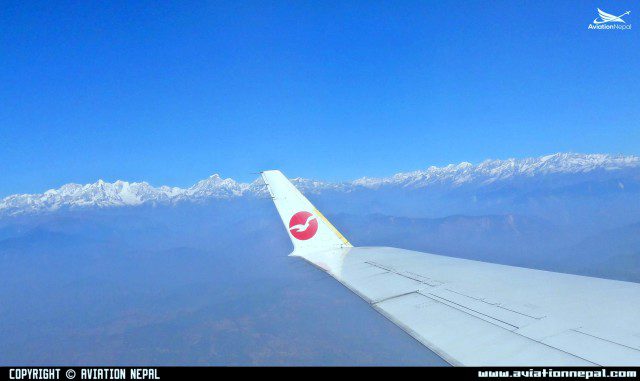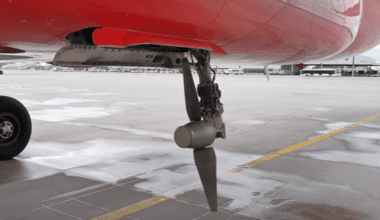
Winglets- Why are they needed?
If we look out from the window of aircraft then we see some vertical curly bits at the tip of the wing, have you ever wondered what are those curly bits at the wing tips were for? Those are called winglets and it makes huge contribution on the aircraft and let’s see how. The development of winglets, as we see them today, started during the 1973 oil crisis. The Arab states put an oil Embargo on the United States for providing aid to Israel during the Yom Kippur War. This caused oil prices to sky rocket forcing engineers to get creative to reduce fuel consumption.
Richard T. Whitcomb gave first idea about the winglets. He gained the idea of winglets from the bird as birds also curl their wing feathers up to gain greater lift while gliding as shown in figure 2 and more excitingly he got the same result as expected when he performed testing.
We know that the science behind the planes fly is by developing high pressure air under
their wings and low pressure air above. Fluid will always flow from high pressure regions to low pressure reasons and this can cause problems at the wing tips. High pressure air from below the wing tips will bleed into the low pressure air above, creating mini tornadoes off the tips of the wing.

This is called the induced drag and reducing the lift of the wing which in turn also increases the fuel consumption of the plane. This induced drag or tornadoes also often called as wing tip vortices. So what Winglets do is that they move wing tip vortices to a smaller surface area and changes how it induces that drag so now it changes the air coming up from under the wing is being forced up in the winglet and pushing to the sidewise instead of pushing down which reduces the drag significantly. Also reduce this airflow by reducing the pressure gradient at the tip of the wings which helps to make vortices much smaller. Their ultimate goal is to create lift distribution across the wing in the shape of an ellipse. This minimizes the amount of air that wants to flow over the wing tips while maintaining maximum lift.
As per international restriction, there is a limit of aircraft size to avoid the collision as they taxi around airport and the absolute limit of wing span is 80 meters. Winglets also helps to reduce the length of the wings as for the same lift, wings without winglets requires much more longer than those having winglets due to requirement of lift. For example: Airbus A-380 wouldn’t have been fit in such international regulation if winglet was not used in wing.
Here are some wing shapes and their lift distribution to see how this works and let us compare them. In the figure below, three wing shapes and their lift distribution are shown: an elliptical, rectangular and triangular wings.

As we can see the elliptical wing also has an elliptical lift distribution. This is the ideal lift distribution and the iconic spitfire was one of the few mass produced planes in history to have elliptical wing shape. As it is difficult and expensive to manufacture, this type of wings are also not much manufactured which also created some space to have better idea.

The rectangular wings lift distribution is quite high at the edge and this leads to high levels of induced drag, but this is the easiest shape of wing to manufacture and is mostly used in smaller and cheaper aircraft so if we are able to reduce the induced drag then it can be huge achievement which lead to the introduction of wingles.
Third one is a triangular wing which has high lift in the center, which rapidly drops off to the edge. This type of wing has low induced drag, but its lift distribution is far from ideal.
So the ultimate goal is to create the lift across the wing into the shape of an ellipse to maximize lift and minimize induced drag. Winglets are just one to do this. Boeing’s latest aircraft the Boeing 787 Dreamliner has done away with winglets in favor a raked wingtip, which sweeps the tip of the wing backwards. Boeing have said that their raked wingtips have improved fuel efficiency by 5.5% over the 4.5% for conventional wingtips.
Article: Dinesh K.C (4th Year)
Department of Mechanical Engineering, IOE, Pulchowk Campus
Email: dinesh.kc305@gmail.com





